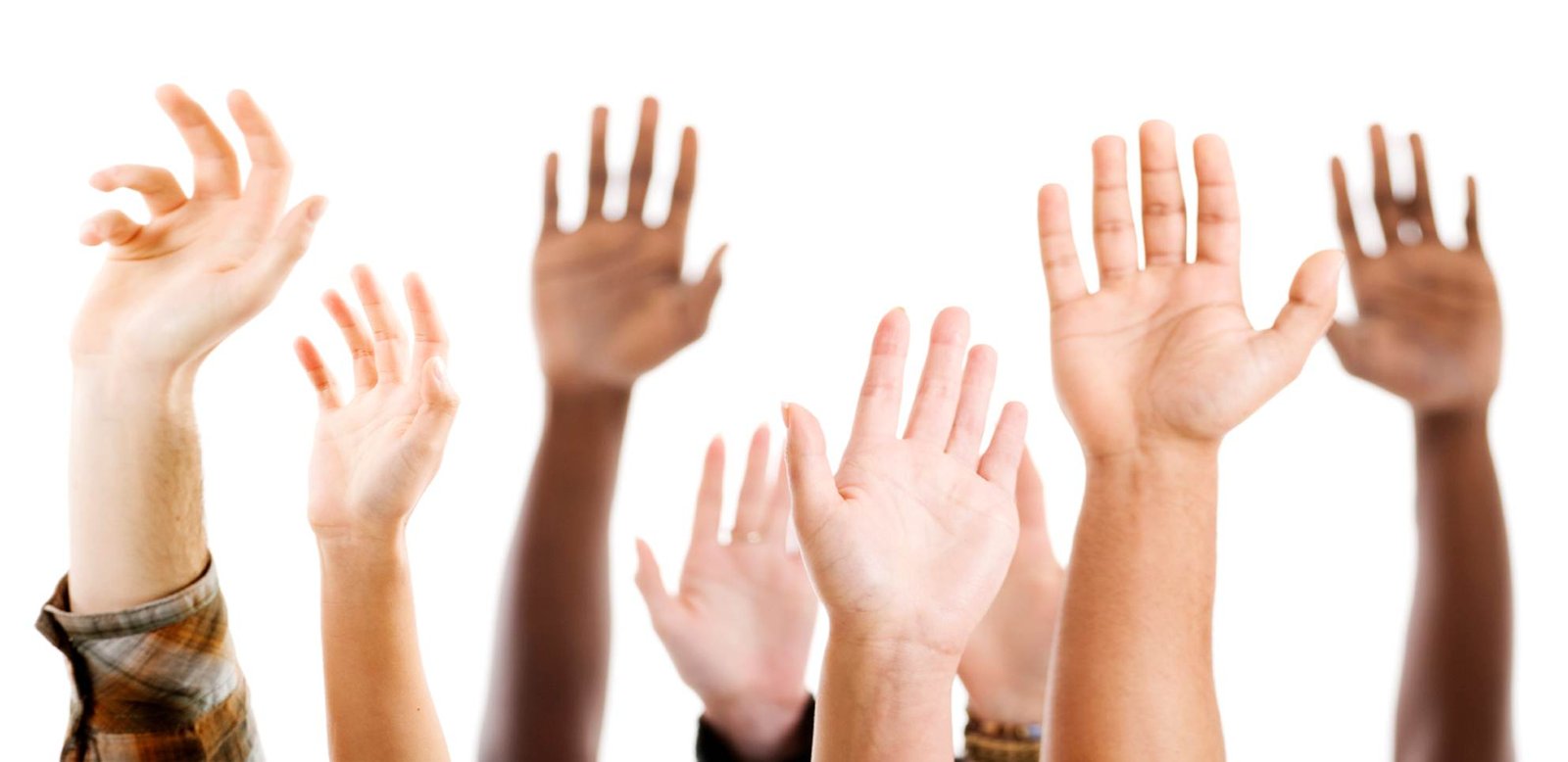There are many concerns that come up when considering moving a child with autism to a general education setting. One is that the child with autism may not initiate interactions, which makes it less likely they’ll raise their hand to either ask or answer questions. Hand-raising is an important social behavior in the classroom setting as it facilitates learning as well as teacher-understanding of a child’s comprehension of the current topic. In the general education setting, there is much more group instruction than in the special education setting, which makes hand-raising all the more important. A study by Charania, LeBlanc, Sabanathan, Ktaech, Carr, & Gunby (2010) focuses on this skill, stating “Failure to raise a hand when one could answer means a missed opportunity for reinforcement or error correction, whereas raising a hand when one has no subsequent response to provide could be embarrassing or disruptive to ongoing instruction.”

The participants in the study were three boys with autism, ages 8, 9, and 10 who were preparing to transition from a center-based program to a general education setting and had substantial verbal repertoires as assessed by the VB-MAPP. The researchers recognized that often the boys would know the correct answer to a question posed by the teacher during a group activity, but would not raise their hands to respond. They addressed this by building three successive skills. The goal was to teach the boys to raise their hand when they did know the answer, and keep their hands down when they did not know the answer.
In the first task, the boys were placed together for group instruction. Each child was given an opaque bag with a different item in it. The instructor would ask “Who has the [item]?” The boy with that item would raise his hand. Once this skill was mastered, the second task was introduced. In this task, the instructor would tell one boy a “secret” word, while whispering a greeting to the other two boys. The instructor would then ask “Who knows the secret word?” The boy who heard the secret word would raise his hand. Finally, after mastering the second task, the final task would be introduced. Here, the task involved providing verbal responses to factual questions, such as “What animal has a tail and four legs?”
This successive teaching of skills is important to the acquisition of the target skill. In the first task, there was an auditory and a visual stimulus provided to elicit the target response of hand raising (the question and the object in the bag). In the second task, the visual stimulus was replaced with another auditory stimulus, making it two auditory stimuli (the question and the whispered secret word). Finally, the last task consisted of the auditory stimulus, the question itself. The final task emulated the stimulus that would naturally occur in the classroom to elicit hand-raising.
The authors note in their discussion that “The results suggest the importance of conducting both hand-up and hands-down learning trials to establish discriminated responding, rather than simply reinforcing hand raises on every question (i.e., excessive hand raising during hands-down trials might be just as problematic as a complete lack of hand raising).” The method of successive conditional discrimination can be useful for teaching both children who do not raise their hands when they should or who raise their hands when they shouldn’t. All three boys learned how to raise hands appropriately for each of the three tasks. And while there are many more skills related to hand-raising that the three participants would need to learn, the skills taught in this study are essential to promoting success in the general education environment.
WRITTEN BY SAM BLANCO, MSED, BCBA
Sam is an ABA provider for students ages 3-12 in NYC. Working in education for ten years with students with Autism Spectrum Disorders and other developmental delays, Sam has developed strategies for achieving a multitude of academic, behavior, and social goals. Sam is currently pursuing her PhD in Applied Behavior Analysis at Endicott College.
